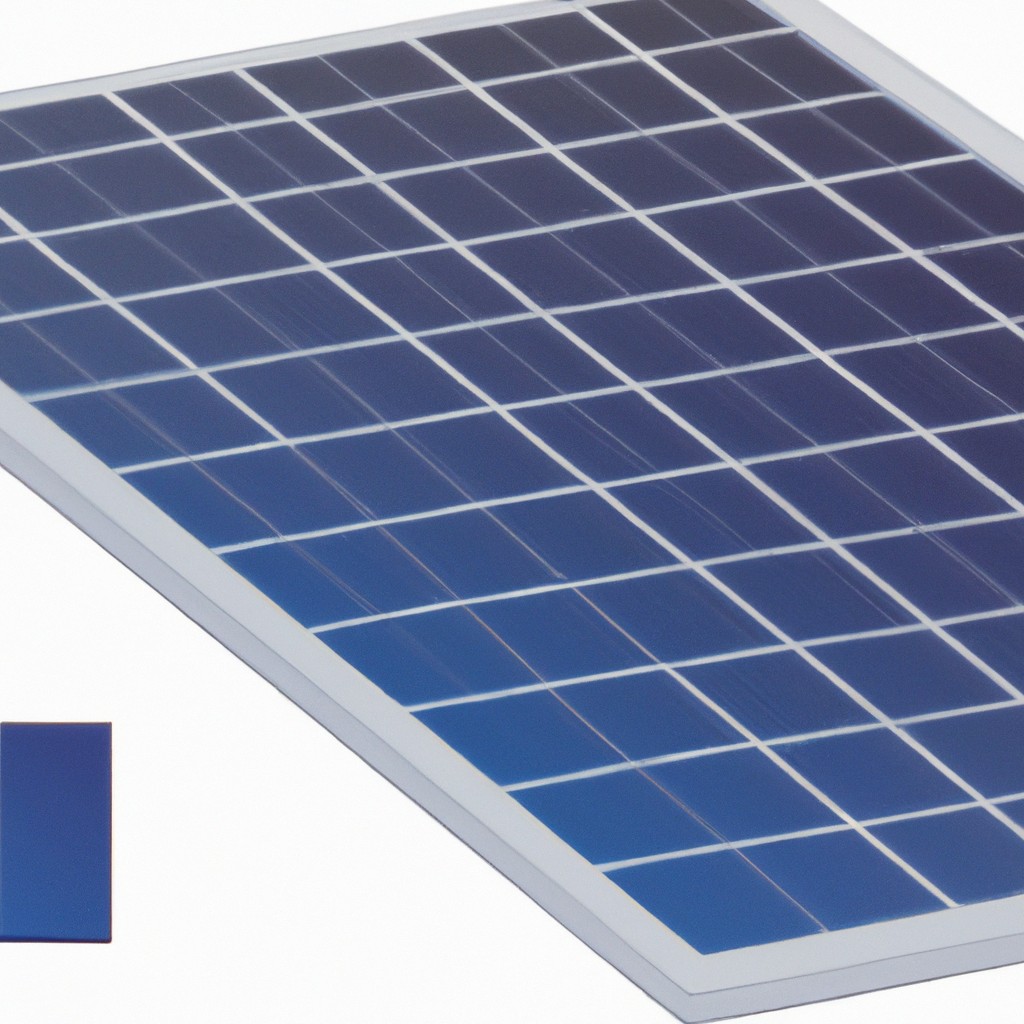This buying guide will provide practical advice on selecting the right solar panels for your energy needs and budget considerations.
Key takeaways:
- Assess your energy needs, roof space, and climate
- Consider panel specifications, efficiency, and durability
- Calculate costs with incentives and financing options
- Choose an experienced, certified installer with good reviews
- Maintain panels through regular cleaning, inspections, and monitoring
Assessing Your Solar Requirements

Before diving into the world of solar panels, taking stock of your energy needs is crucial. Grab your latest electricity bill and check out how many kilowatt-hours (kWh) you’ve been using. Your monthly consumption is the starting line for determining the size of the solar system that will fit you like a glove.
Sunshine plays a starring role here. The amount of solar energy you can harvest hinges on how much sun your roof basks in throughout the year. A house drenched in sunlight in Arizona will need a different system size than one in the more overcast climes of Maine.
Space is money on your rooftop. Do you have enough room up there to soak up the sun? If your roof is more of a cozy cottage than a sprawling estate, you’ll need panels that pack a punch in the efficiency department.
And don’t forget, your local climate is more than just small talk. Areas with frequent storms or heavy snowfall mean your panels need to be tough cookies, built to withstand a bit of rough weather while keeping your lights on.
In essence, think of your energy needs, your home’s sunbathing habits, your roof real estate, and the local weather forecast as the ingredients for a perfect solar recipe. Get these sorted, and you’re well on your way to basking in the benefits of solar power. Keep it sunny side up!
Understanding Solar Panel Specifications and Efficiency
Solar panels come with a myriad of specifications that directly affect their performance. Efficiency is a measure of how well a panel converts sunlight into electricity; higher efficiency means more power from the same amount of sunlight. Most residential panels range from 15% to 20% efficiency.
When comparing panels, also consider the power rating, typically measured in watts. This figure indicates the amount of electricity a panel can produce under ideal conditions. Don’t miss the temperature coefficient either; it shows how much efficiency drops as temperature rises. Panels with smaller drops are generally better in hot climates.
Look at the warranty – it reveals the manufacturer’s confidence in their product. A standard warranty lasts 25 years, ensuring performance doesn’t dip below 80% of the rated power.
Remember, bigger isn’t always better. Balance the physical size of the panel with the output to optimize your available space. Lastly, assess the panel’s durability by its build quality and resistance to environmental factors like hail or high winds. This way, you’ll equip your roof with efficient, long-lasting solar partners.
Calculating the Cost of Solar Panels Including Incentives
Diving right into the numbers game, solar panels might seem like a hefty upfront investment, but don’t get sticker shock just yet. Factoring in federal tax credits, state-level incentives, and utility company rebates can significantly lighten the financial load. Currently, the federal solar investment tax credit (ITC) allows you to deduct 26% of the cost of installing a solar energy system from your federal taxes, with no cap on its value. Remember to check for additional state tax credits, which vary from state to state, as these can further reduce costs.
Additionally, local utilities may offer incentives for homeowners who contribute excess solar energy back to the grid, a process known as net metering. This can lead to credits on your utility bill, essentially earning you money over time. Some areas also offer Solar Renewable Energy Certificates (SRECs), which let you sell certificates for energy your system has produced.
To get a clear picture of total costs, calculate the price of your desired solar system, subtract available incentives, and consider any financing interest if you’re not paying upfront. Often, solar vendors will provide an estimated payback period, demonstrating how long it takes for energy savings to recoup the initial outlay. Market comparison tools also help in getting a competitive quote. Remember, solar is a long-term investment, so think big picture — lower utility bills and a smaller carbon footprint are reasons to smile.
Selecting a Solar Panel Installer
Choosing the right installer is like picking a dance partner; you want someone who won’t step on your toes. Start by scoping out experienced professionals with a solid track record. They should be certified and insured to protect you from any missteps during installation.
Ask for customer testimonials and review portfolios of completed projects. This step is akin to checking out an artist’s previous work – you want to see a masterpiece, not a finger painting.
Dive into the details of their service contracts. You’re aiming for transparency and a feeling of assurance, much like reading the fine print on a skydiving waiver.
Pin down those warranties. A comprehensive coverage can be your safety net, offering peace of mind long after the installation tango is over.
Lastly, don’t be shy to reach out to multiple providers. Get a range of quotes – it’s not just about the bottom line, but the quality and scope of what’s being offered. Think of it as shopping for the perfect hat; try on several to find one that fits just right.
Maintenance and Upkeep of Solar Panels
Keeping your solar panels in top shape is a walk in the park. Regular cleaning ensures they absorb as much sunlight as possible. Just a gentle soap and water scrub can do the trick; avoid harsh chemicals. Take note of the manufacturer’s recommendations for cleaning intervals, which can vary based on your environment.
It’s a good idea to keep an eye out for any debris or obstructions that might cast a shadow over your energy harvesters. Falling leaves in autumn? A quick sweep will get your panels back to their sun-catching best.
Remember to check for any wear and tear. Although solar panels are tough cookies, they can still suffer from the occasional scratch or crack. Prompt repairs can prevent small issues from turning into energy-sapping problems.
Lastly, most solar panel systems come with monitoring software. This digital lookout lets you keep tabs on your system’s performance from the comfort of your smartphone or computer. If the numbers start to dip, it may signal it’s time for a professional check-up. Keep it simple, and your solar panels will thank you with years of efficient energy production.




